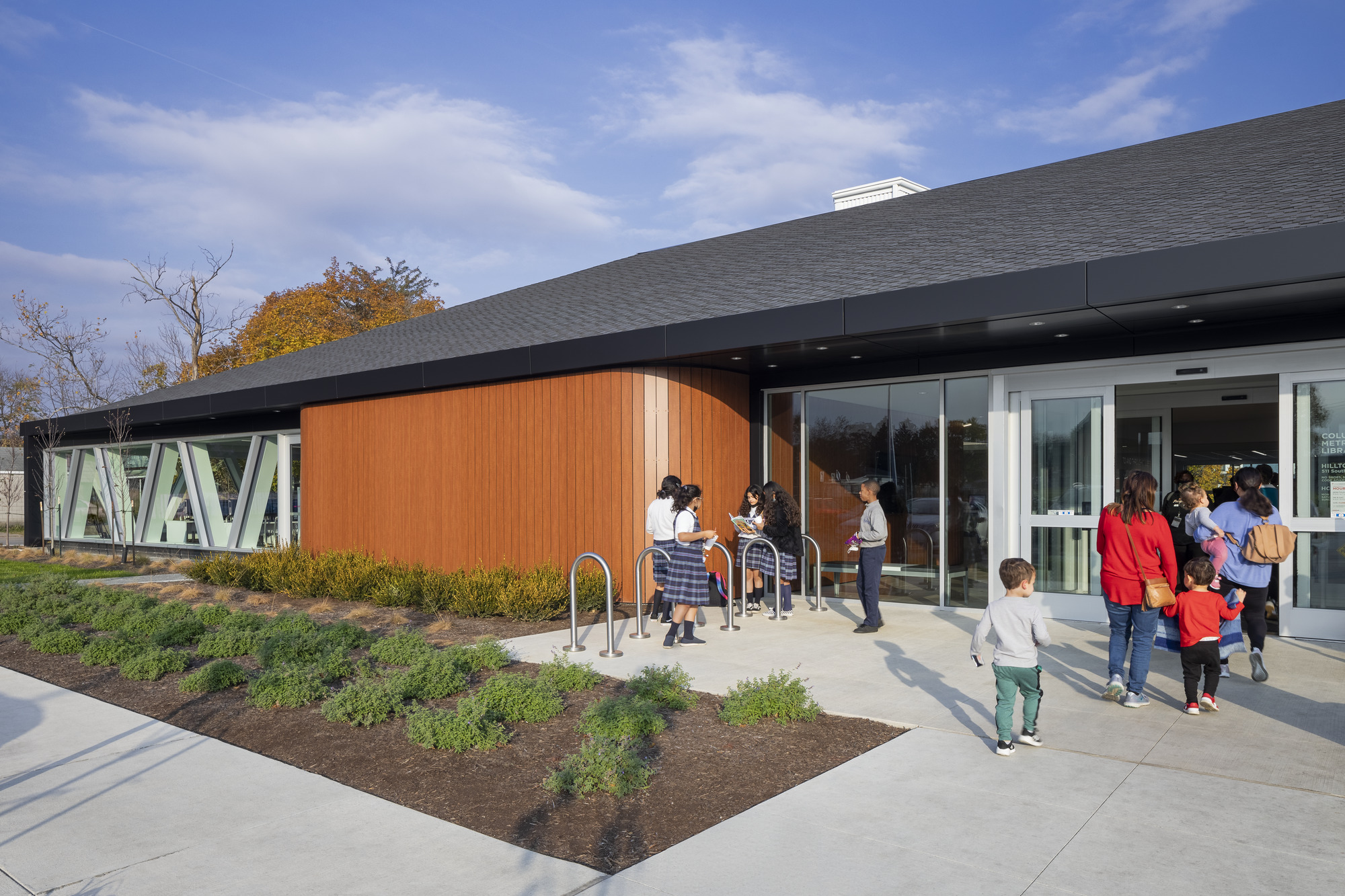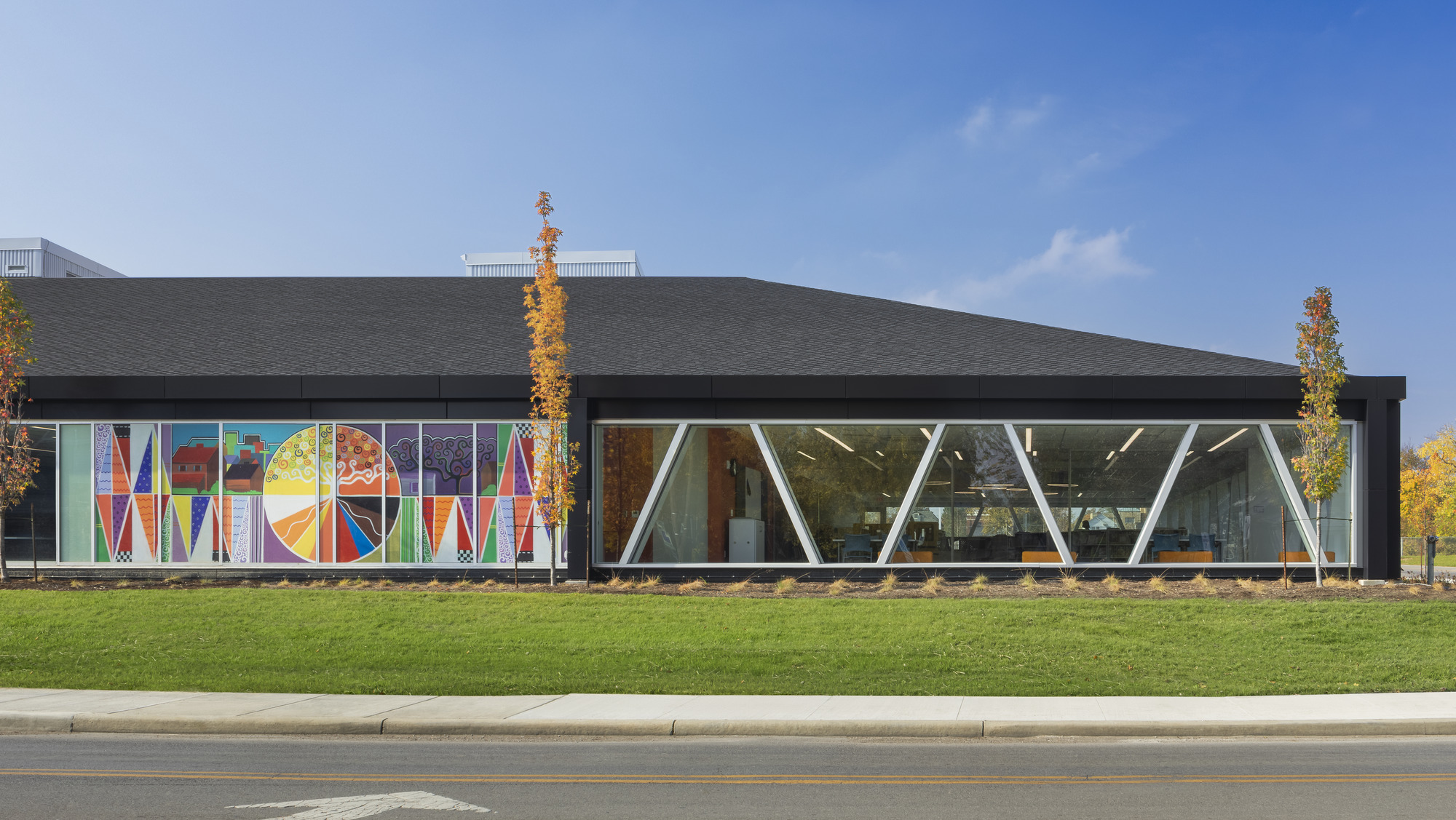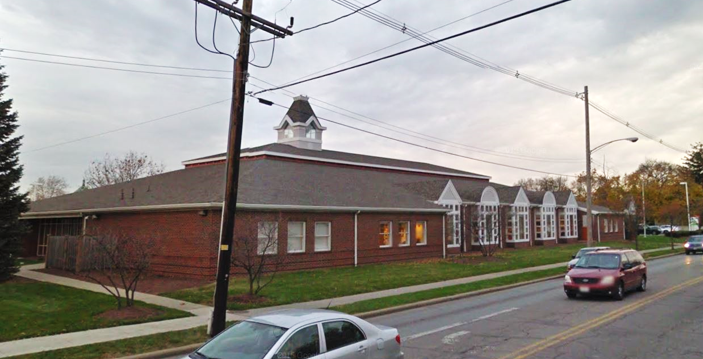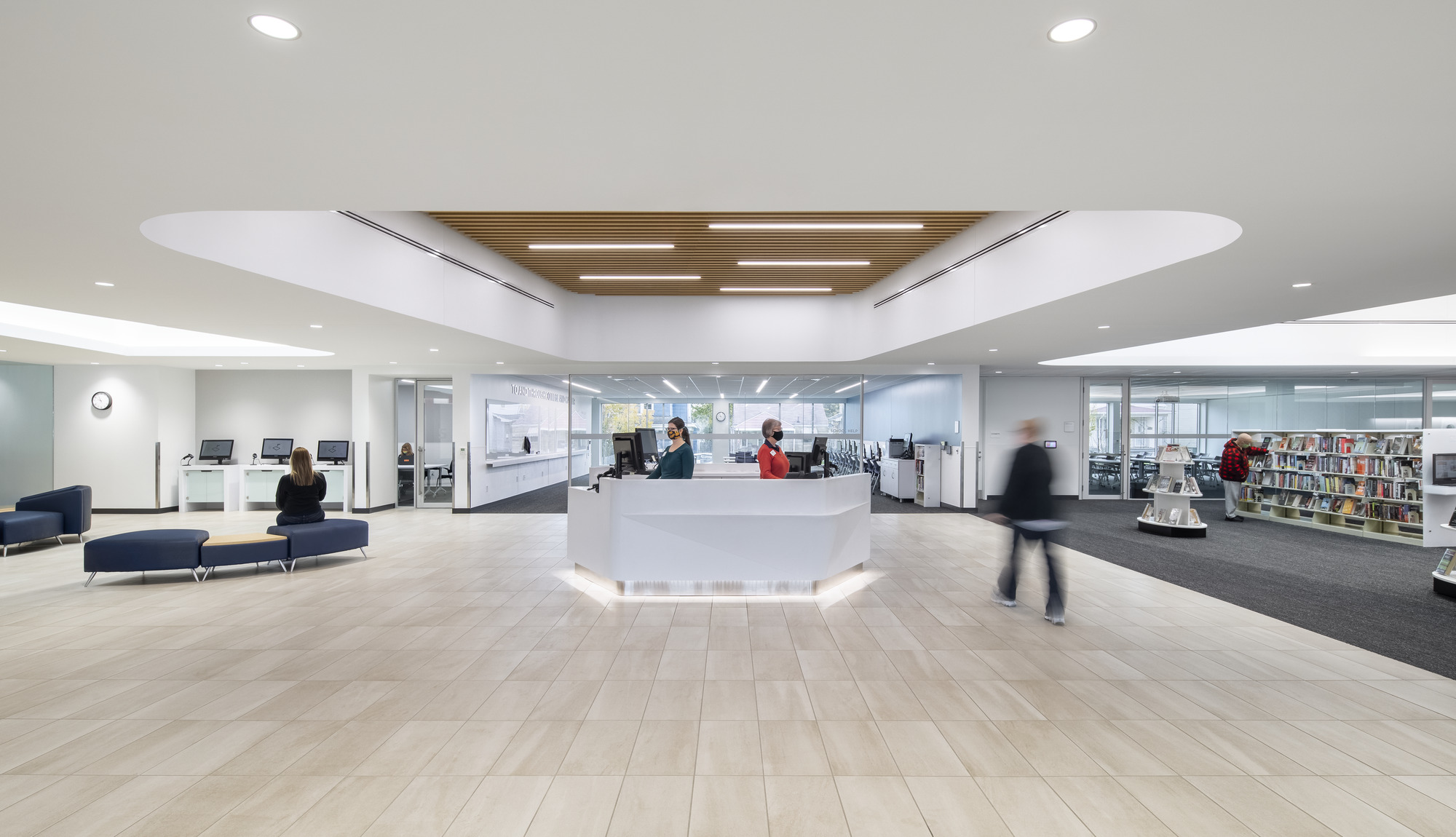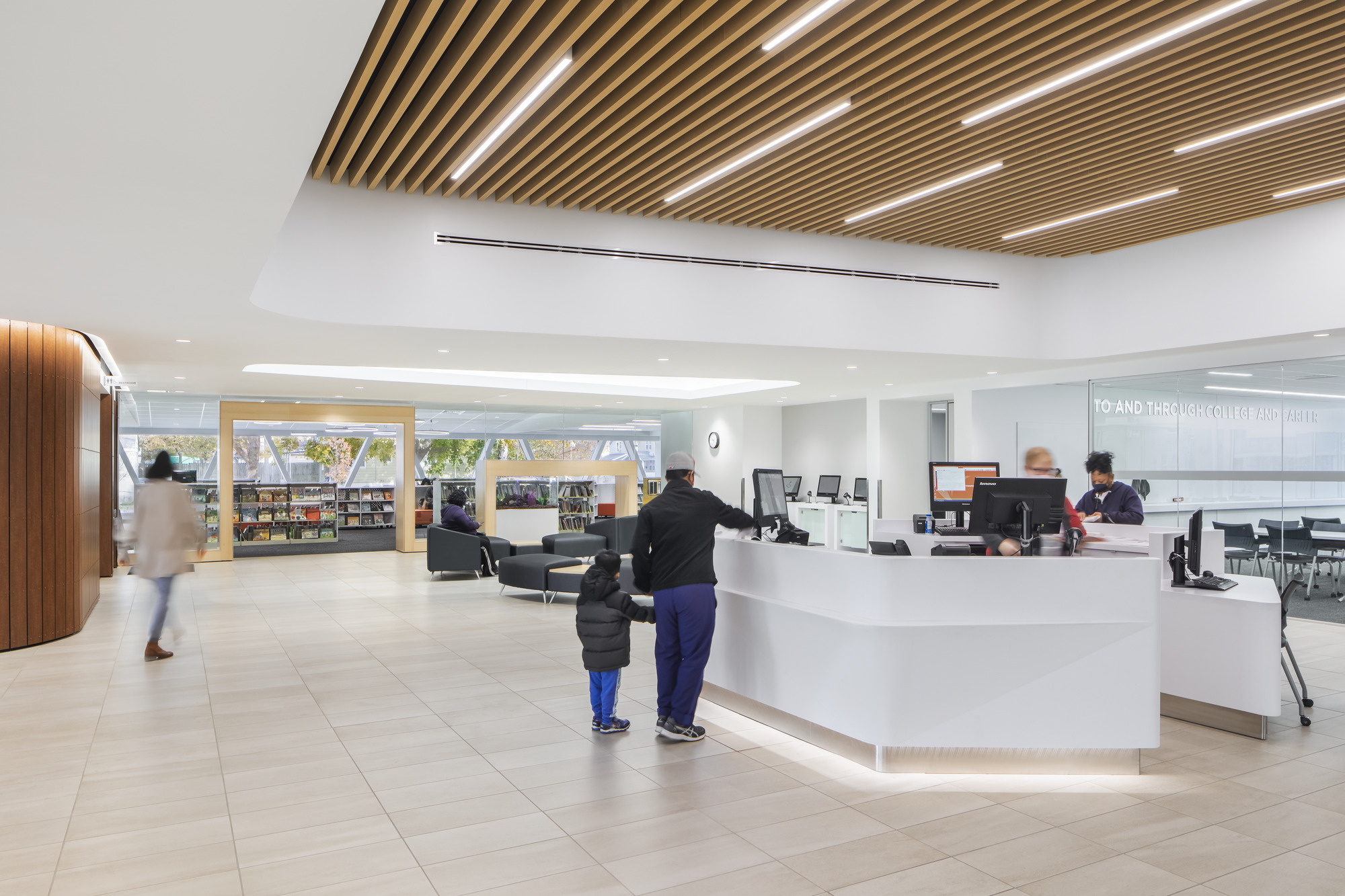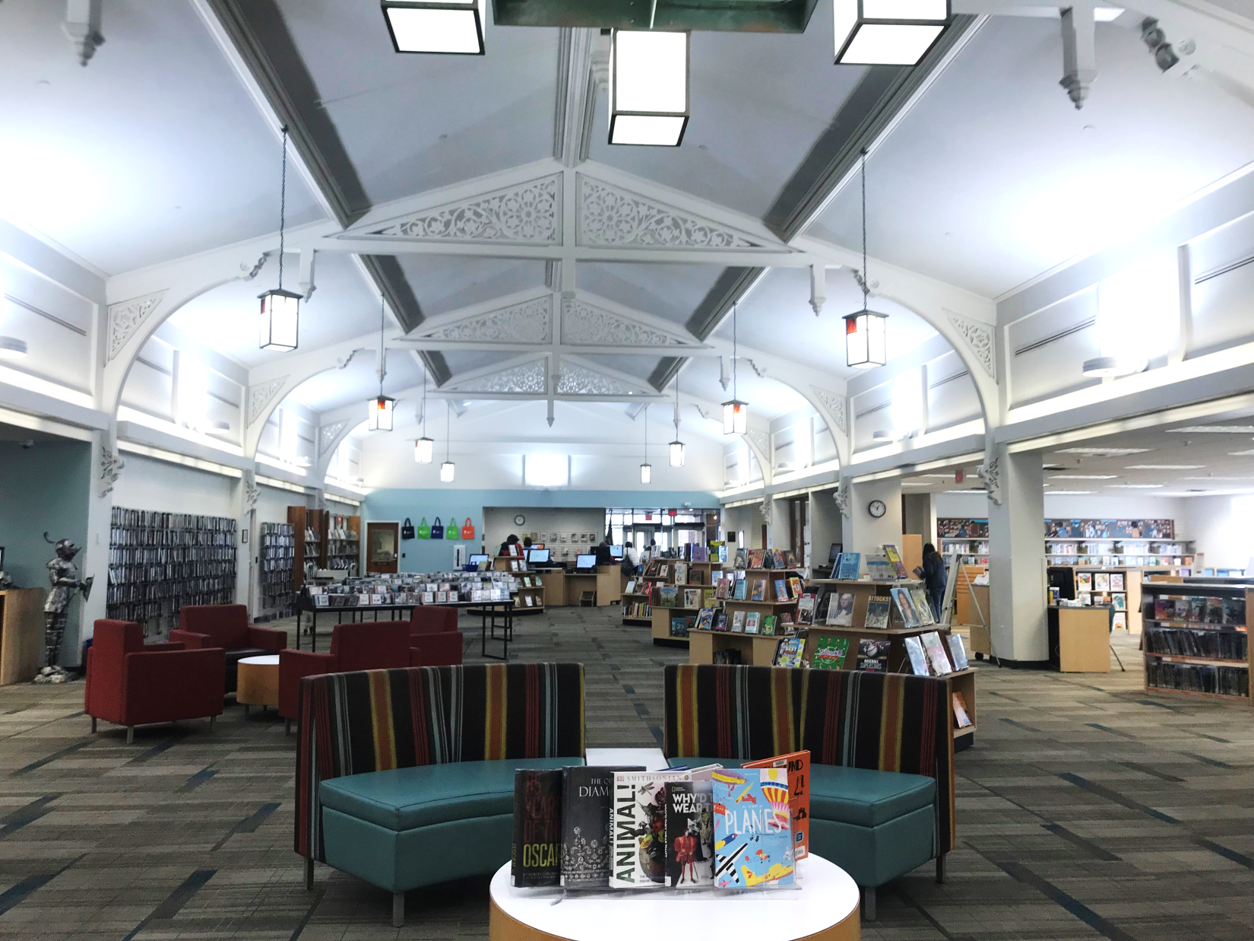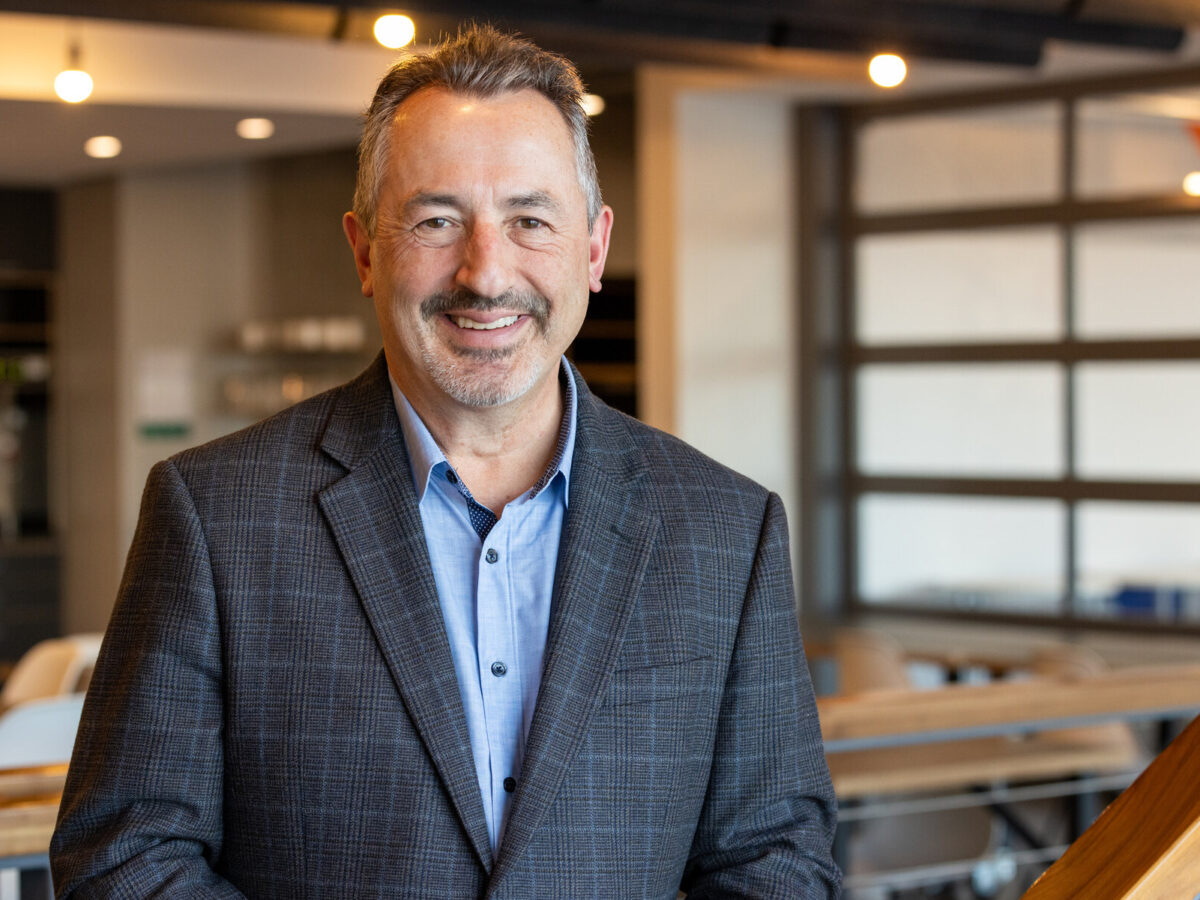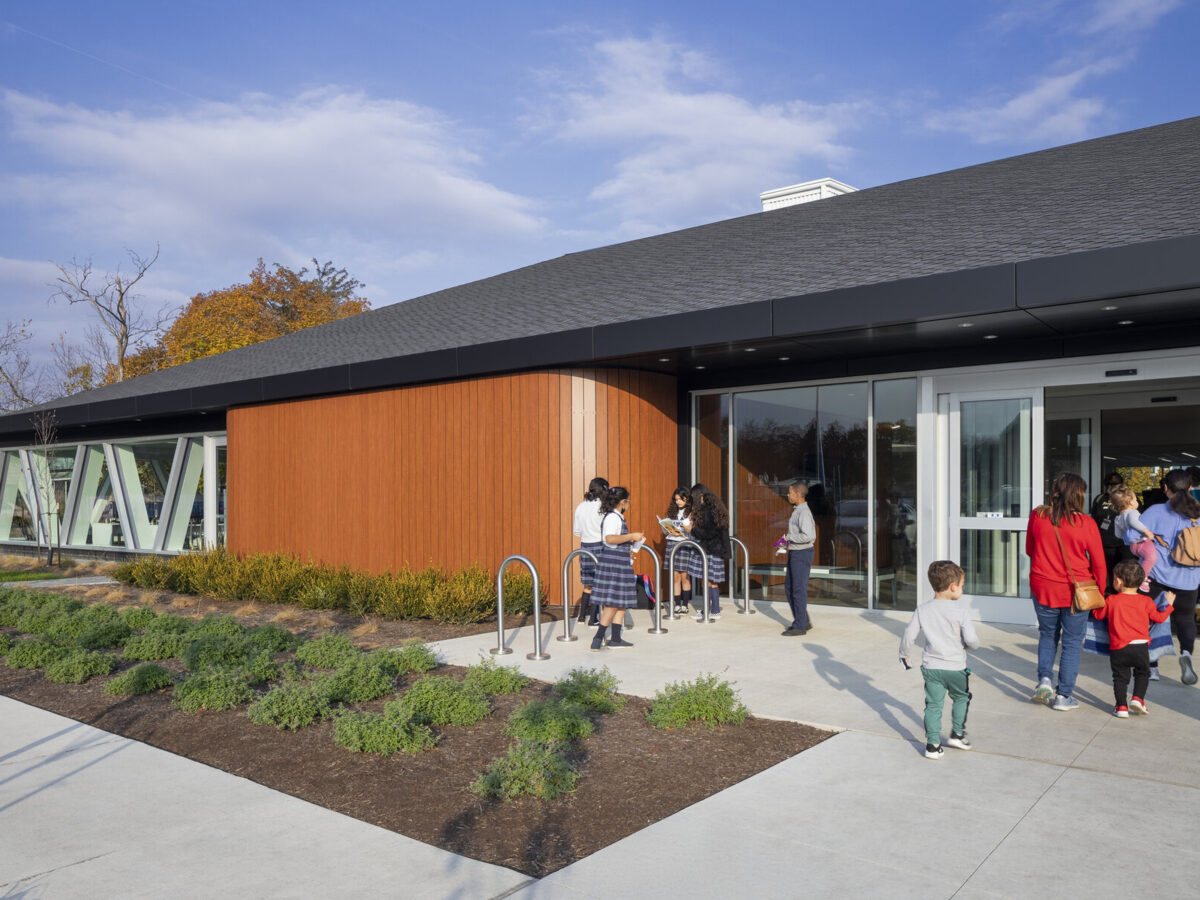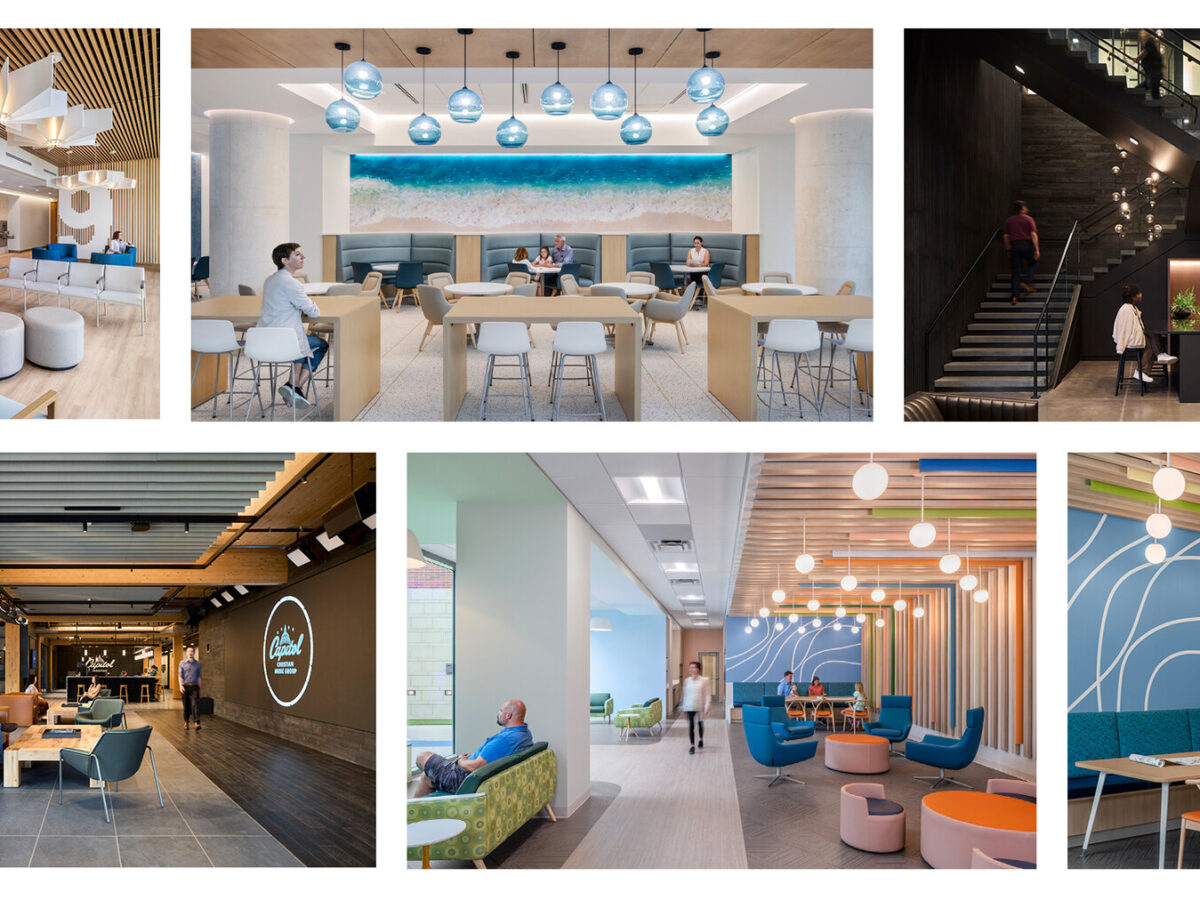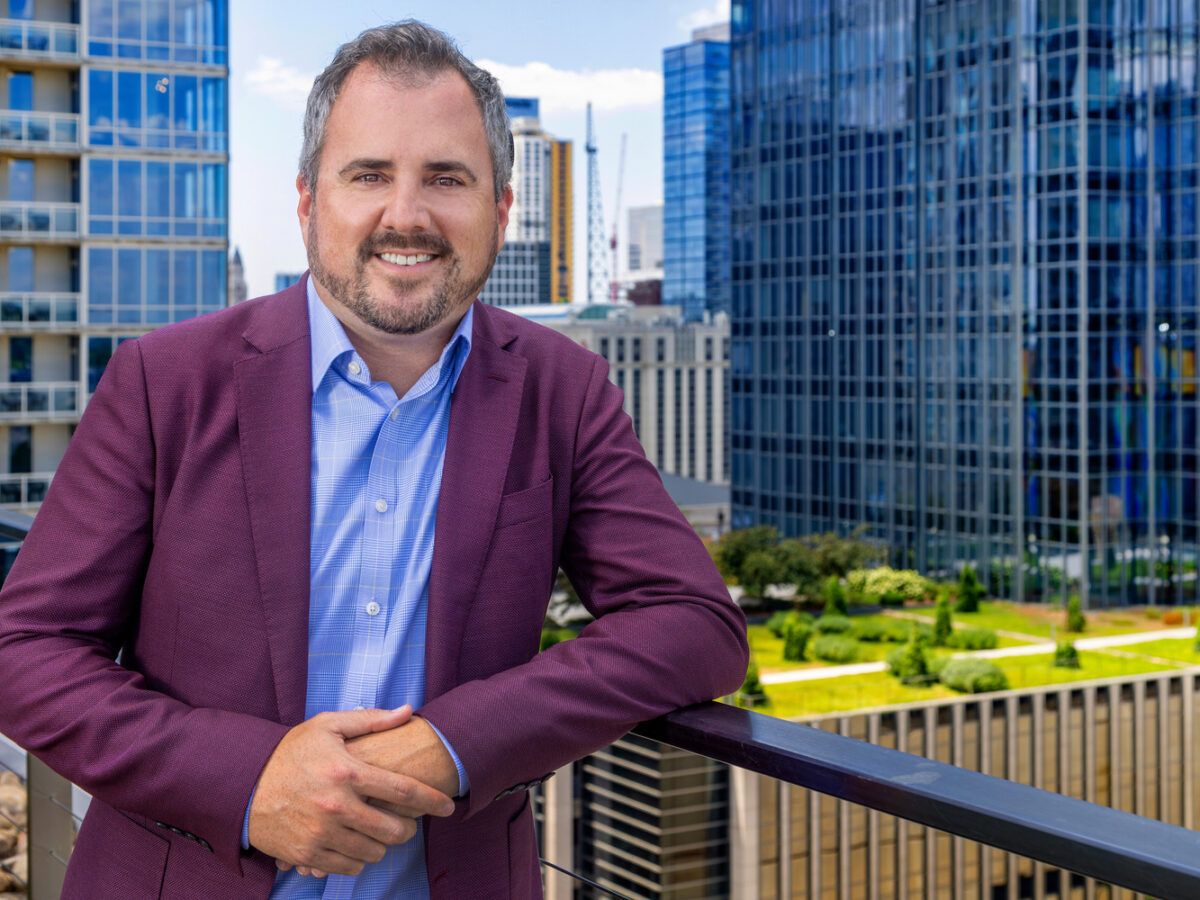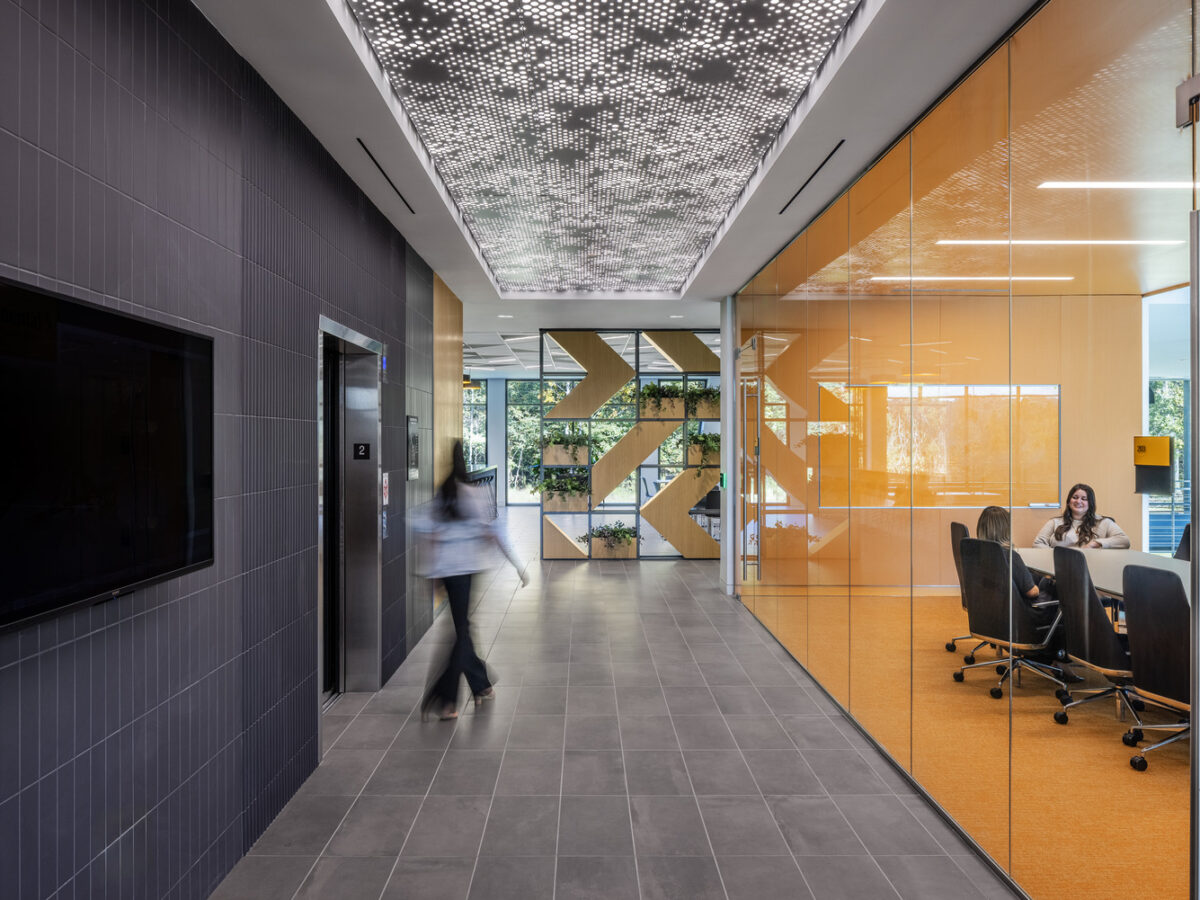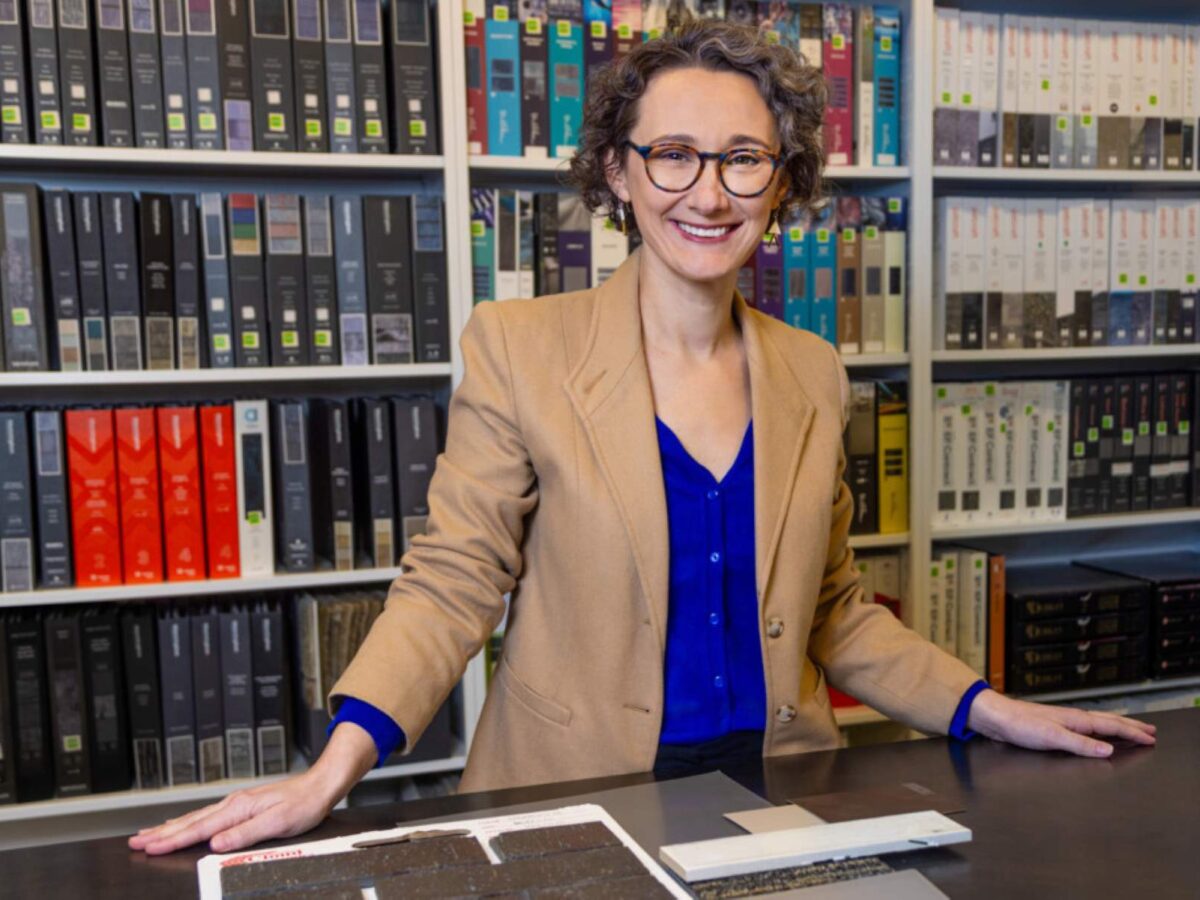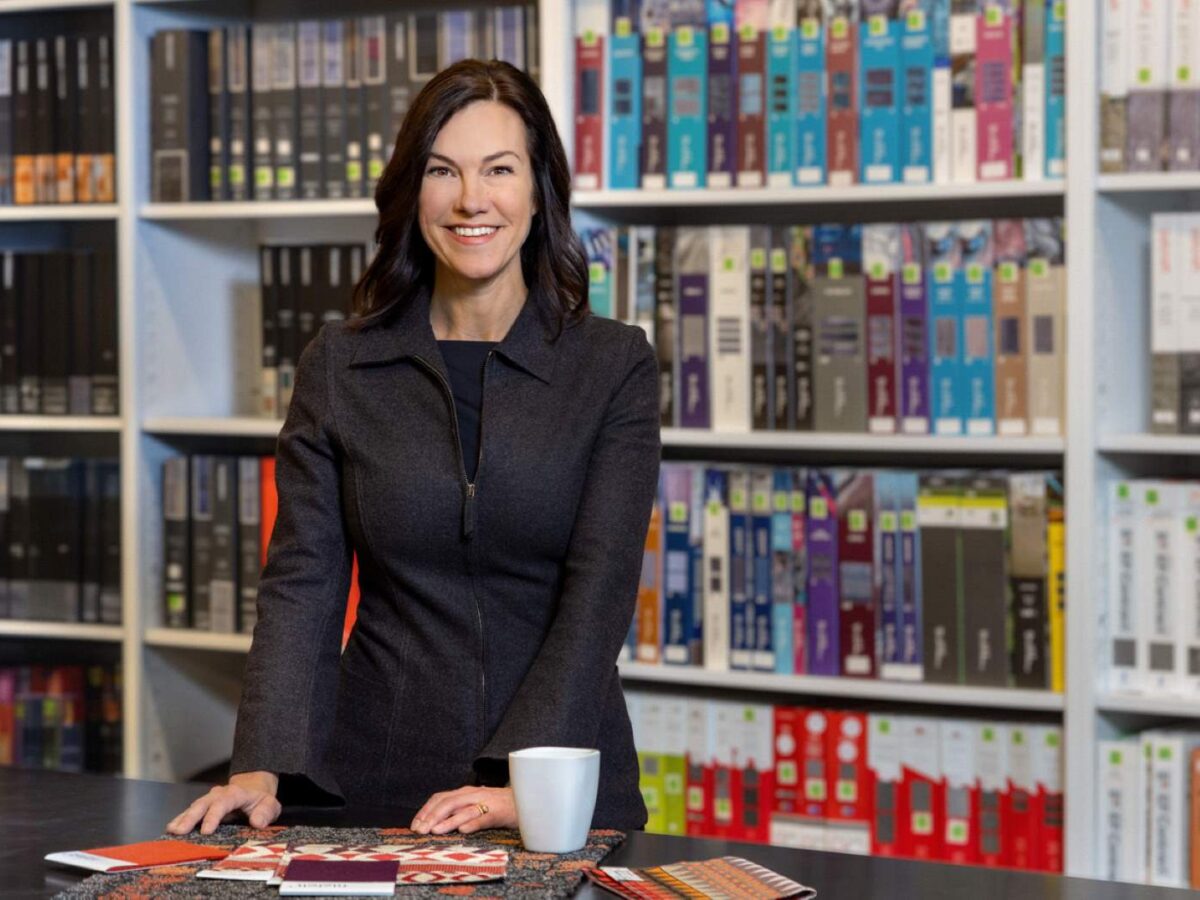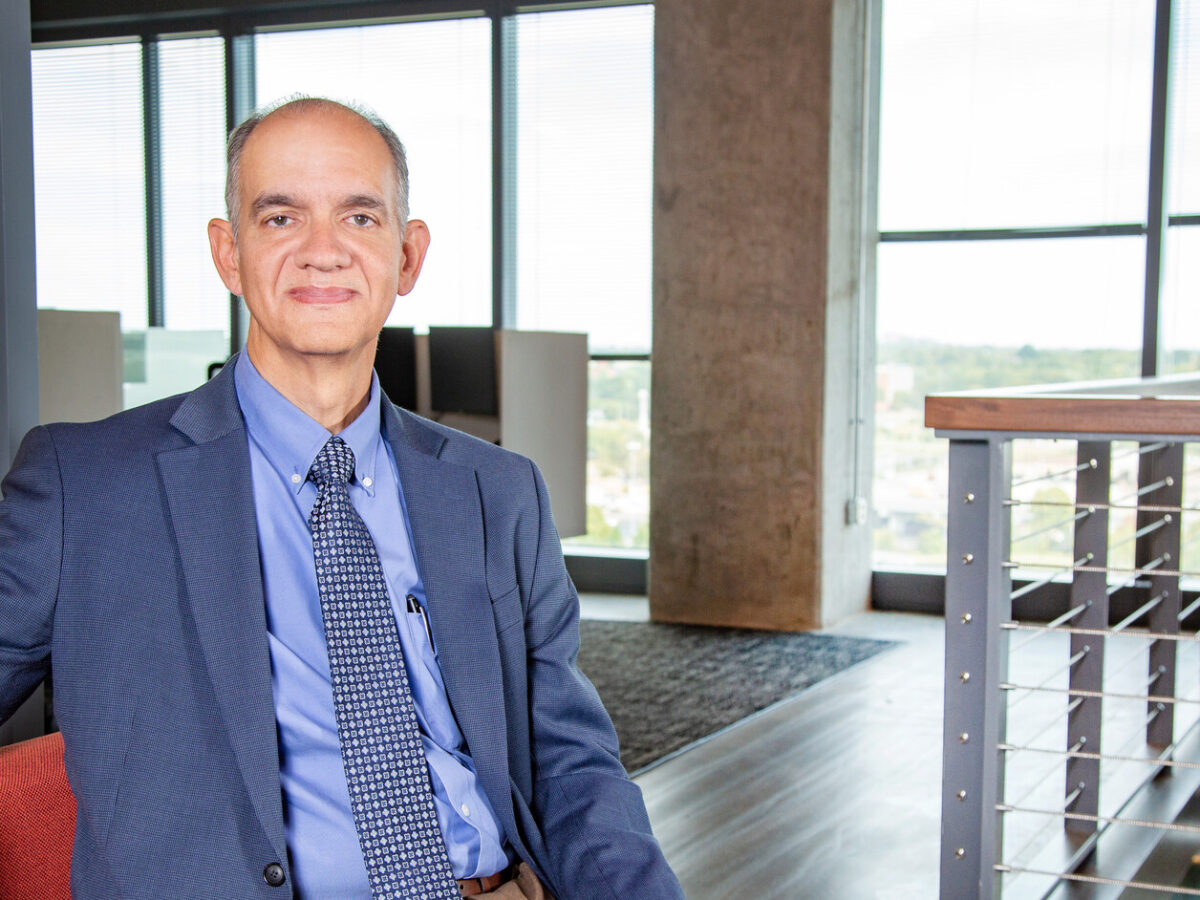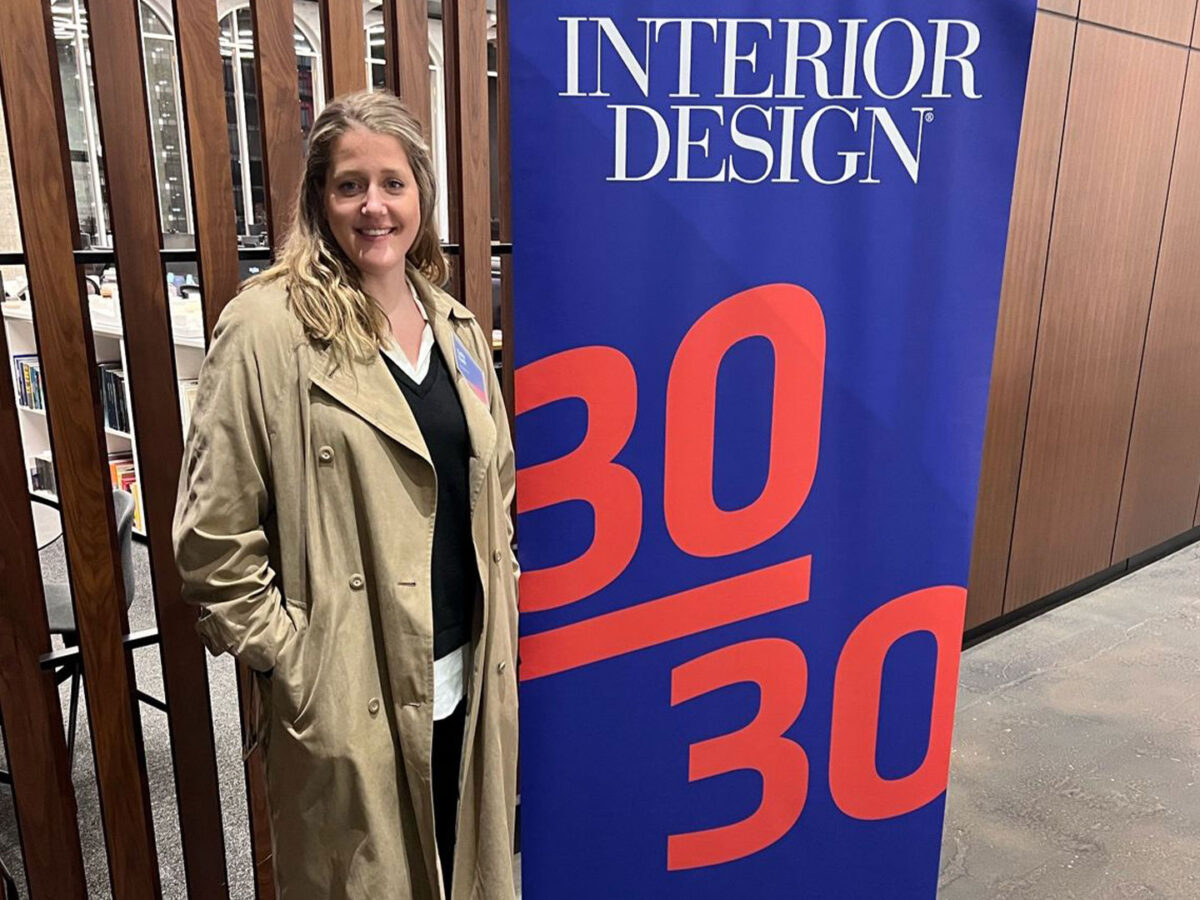As cities evolve and grow, many of our clients are faced with growing populations in neighborhoods that lack updated spaces for communities to gather, learn and thrive. While this requires a large community conversation that includes a discussion of equity and investments in schools, infrastructure and other spaces, libraries are increasingly becoming vital service hubs for neighborhoods.
The mission of libraries is evolving. Younger generations see libraries as spaces that provide more than just books and periodicals. Libraries are becoming a hybrid program of community meeting spaces, after-school program support and even an entertainment destination for young families. In fact, a survey from the Pew Research Center showed that millennials are more likely to have visited a public library in the past year than any other adult generation. Over half of that generation say they have used a public library or bookmobile in the previous 12 months.
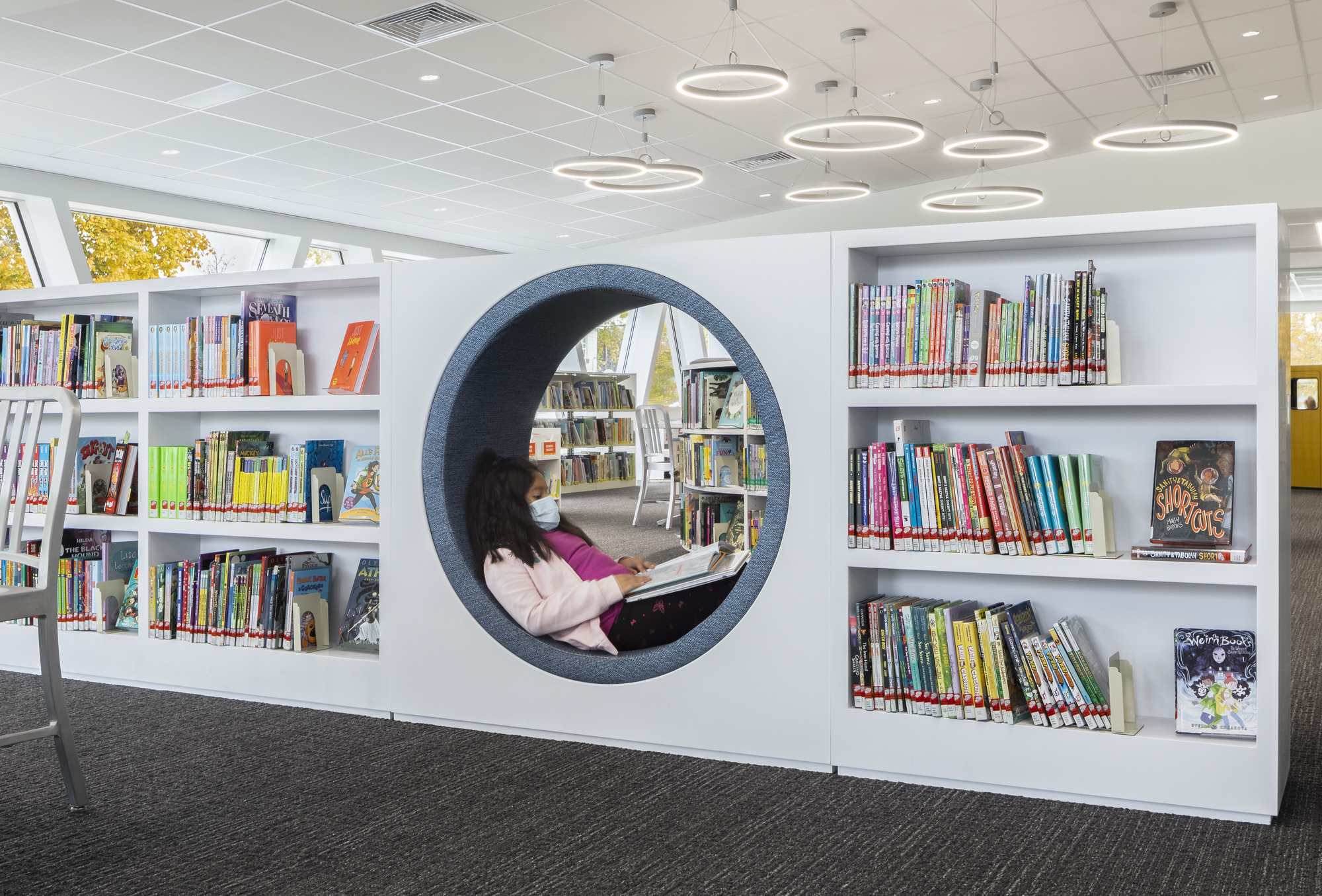
Anyone who has recently registered for a library card knows that our cities’ library systems are much more than just a place to check out a book. In Nashville, where I live, I can use our library system for everything from reserving a space to work, electric vehicle charging, puppet shows for kids, a garden seed exchange or even a yoga class! As designers tasked with repositioning these spaces, we must remember the variety of uses and broad appeal a library must have in order to serve a diverse community.
Every design starts with a comprehensive master planning effort to identify needs and challenges across the entire library system. Ask yourself and the community: Where is the population growing the most? Where have investments already been made? What is unique about the specific community being served? What’s really happening in the facilities we have? What’s working? What’s not?
Eventually, you’ll be faced with reconciling the aspirational public feedback with the reality on the ground. Think budget constraints, competing priorities and so on. In Dallas, for instance, a master plan completed earlier this year emphasizes the need to preserve and invest in existing facilities rather than pursuing more costly new buildings. While updating an entire library system may sound daunting, with the right approach, a lot can be done without a major financial investment.
When looking at additional investment in libraries, civic leaders should consider the following approaches.
Create Places for Everyone
Libraries need to serve a diverse community, but that doesn’t mean one size fits all. Be thoughtful about how different users are accommodated. Allow those users to be who they are but ensure the needs of one group don’t diminish the experience of another.
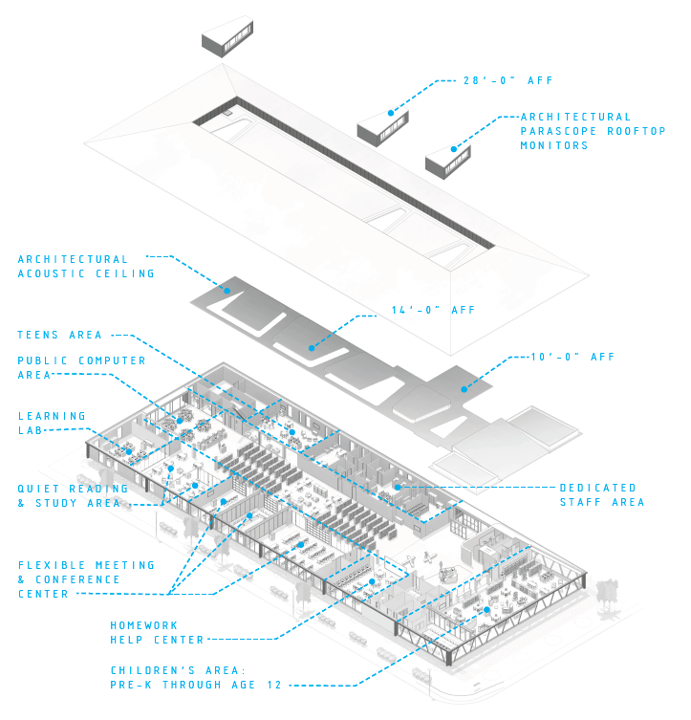
Make It Fun
The changing nature of the library from an institutional “bank vault” of knowledge to a multi-function community living, learning and creating place calls for a new kind of design thinking. Our addition to the Hilltop Branch Library offers a primarily glass facade with playful geometry and integrated art to appeal to younger users and to present a more modern, open and inviting entrance for the whole neighborhood.
Think About the Visitor Experience
Creating an inviting and open entry experience is key. Historically, libraries have been centered around a circulation desk for visitors to check out and return books. Reimagine what that can be by using that central location to provide a concierge-like experience for users that allows library staff to manage a variety of functions from one space.
Jeff Kuhnhenn, AIA, is the director of architectural design at Gresham Smith, where he also leads the firm’s civic and cultural practice that specializes in creating high-performance buildings and spaces that serve and resonate with the communities we serve.
